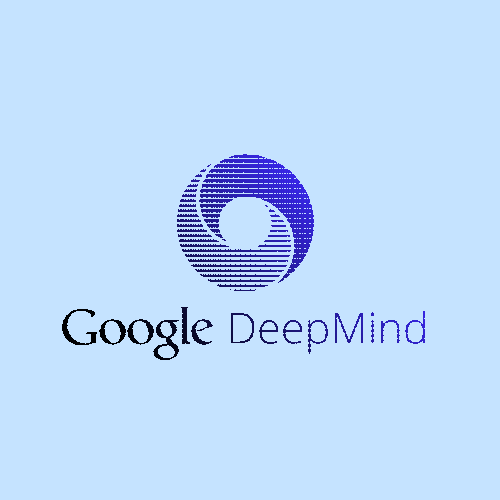Google Brain is a research team within Google that focuses on artificial intelligence and machine-learning. Since its founding in 2011, its work has been incorporated into Google products as well as the wider world of AI. However, its ultimate ambition goes well beyond improving the performance of a mobile app or search engine. To put it simply, Google Brain is trying to help computers think.
A Computer That Thinks Like a Human
If you want computers to think like humans, the first step of the process is figuring out the answer to the question: How do humans think? For a long time, the established view in AI was that human intelligence was based on thousands of independent actors that conferred distinct skills, such as language and eyesight. Hence, the thinking followed, a machine that could imitate human intelligence would need to be powered by thousands of different algorithms devoted to distinct skills.
Guided by that view, as well as what he’d seen of early AI research in the 1990’s, Stanford computer scientist Andrew Ng concluded his childhood dream of building machines that would think like people was unachievable. That all changed, however, in 2006, when he came across a new theory that said human intelligence is the product of one algorithm.
Rather than undertaking a gargantuan effort to program machines with human-like knowledge, the best bet might be to set an algorithm loose on the world and allow it to acquire the knowledge on its own. Algorithms do this by developing artificial neural networks, which mimic the human brain’s learning processes.
In 2011, Andrew Ng founded the “Deep Learning Project at Google” with that goal in mind. He was soon joined by fellow Google Engineer Jeff Dean and the project was eventually rebranded as Google Brain.
“With the Google Brain project, we made the decision to build deep learning processes on top of Google’s existing infrastructure.”
Andrew Ng
In a 2012 blog post, Ng and Dean offered a compelling example of their vision by describing how they were developing a system to distinguish between pictures of cars and motorcycles. The classic approach would be to feed the program thousands of images labeled “car” or “motorcycle,” but what they did was show the network YouTube videos for a week. Their hypothesis was that the network would learn to identify the unlabeled images.
After a week, the neural network had developed knowledge that they hadn’t even intended it to acquire. Notably, it had developed a knack for identifying cats.
Getting Neuroscientists in the Computer Lab
Building computers that behave like humans has been a dream for generations of computer scientists. If your goal is to replicate human behavior, a logical first step would be understanding how the human brain works and trying to replicate its processes. And yet, historically there has been very little interaction between neuroscience and computer science.
Google Brain, along with others in the deep learning arena, is seeking to break down that historic barrier between brain science and computer science. The fruits of that research will be technology that is smarter than ever, from self-driving cars to virtual assistants that can screen and even diagnose patients.
One day, there may even be computers that (who?) can think like humans.
Key Dates
-
2012
Ng and Dean unveil a neural network
Ng and Dean unveil a neural network made up of 16,000 computer processors that displays an impressive ability for identifying cats after being shown YouTube videos for a week.
-
2013
Google acquires DNNresearch
Google acquires DNNresearch, a Toronto-based startup founded by AI “godfather” Geoffrey Hinton. Hinton starts a branch of Google Brain in Toronto.
-
2017
Neural networks developed by Google Brain
Google announces that its translation program no longer needs to transcribe spoken language before translating it into another language. Removing the step was possible due to neural networks developed by Google Brain.




